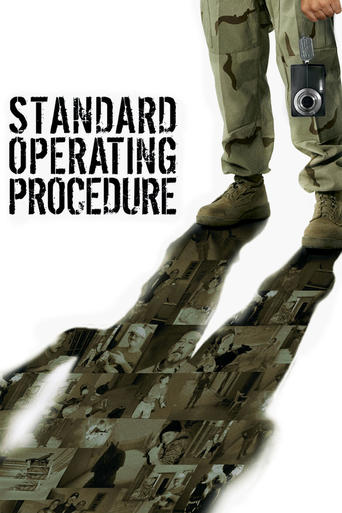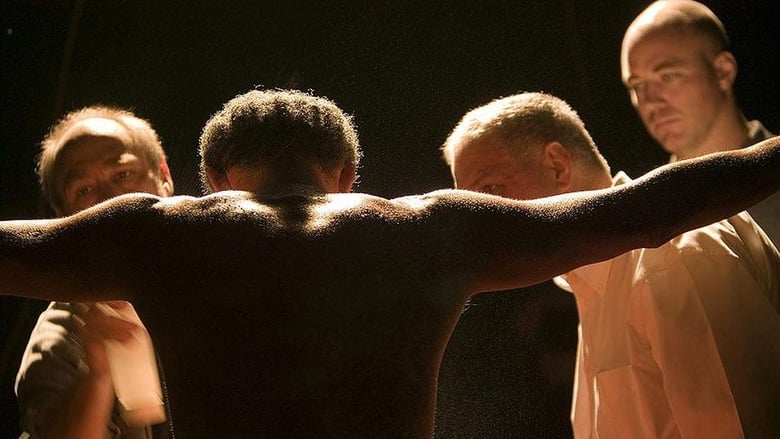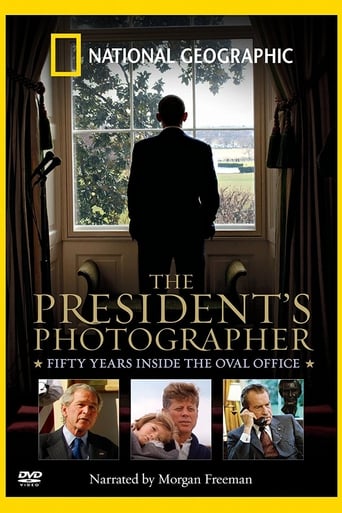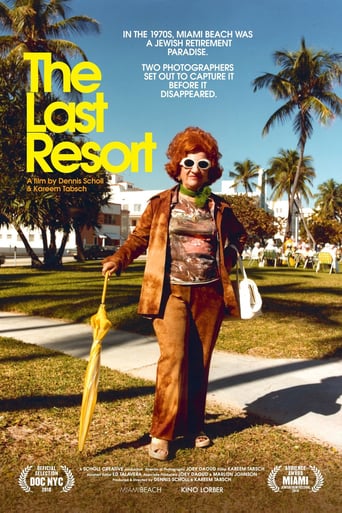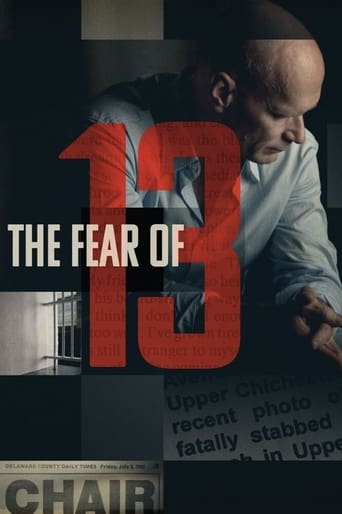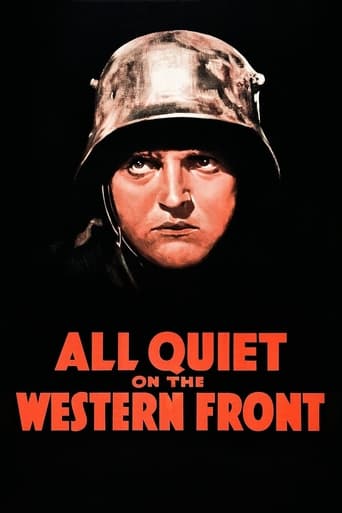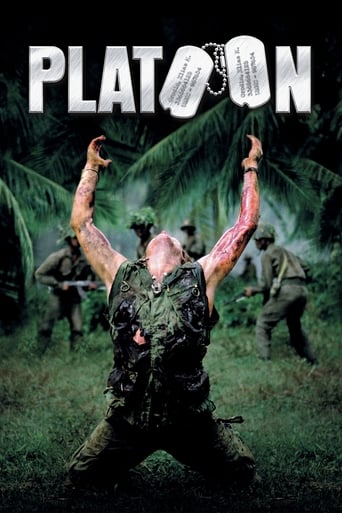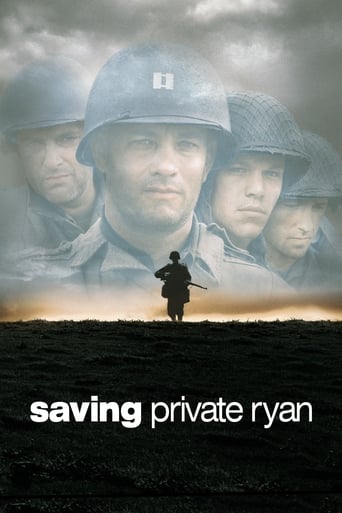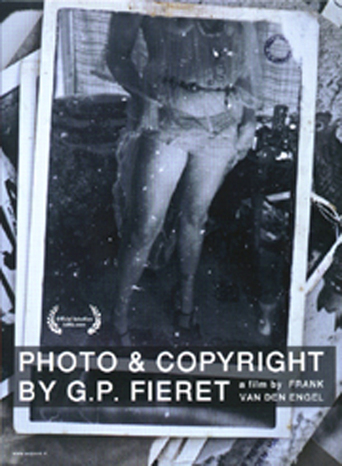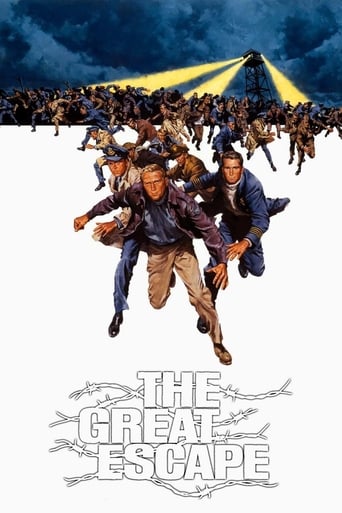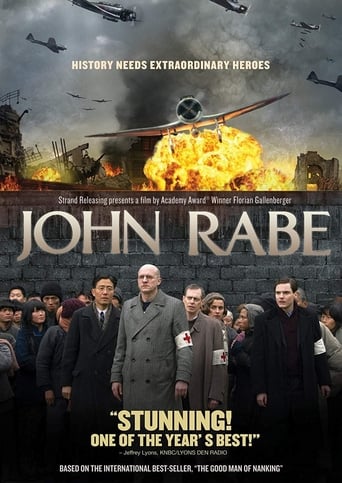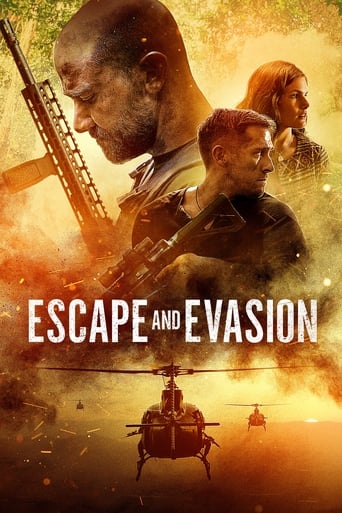Standard Operating Procedure (2008)

Errol Morris examines the incidents of abuse and torture of suspected terrorists at the hands of U.S. forces at the Abu Ghraib prison.
Watch Trailer
Cast


Similar titles
Reviews
Errol Morris's documentary isn't still another Bush-bashing fiesta. Like the photos of the Abu Ghraib prisoners being abused, the pictures that form its central subject, the scope of the film is limited to an examination of how the pictures came to be, who participated in the acts, and who held the cameras. It's not even political in nature, so much as psychological and, more generally, philosophical.Susan Sonntag, author of the influential essay "On Photography", would have had a field day as a talking head, though I'm not sure she could have done better in presenting us with an interpretation of the pics than some of the more level-headed interviewees do. One of them blames the photos for the entire scandal. If the photos had never been taken, they could never have been disclosed, and the whole thing would never have happened. "It would just crawl under a rock." Another authority I'd like to call to the witness stand would be Anna Freud, Siggy's daughter, who was a famous psychologist in her own right. Anna laid out a list of "ego defense mechanisms" -- ways of thinking that protect us from feeling guilt or remorse for things we've done. The same MP who blames the photos claims that he lost it because a female MP had been hit in the face with a brick during a prison riot. That's why he had inmates spread-eagled on the floor and stomped their fingers with his boots.Most of these low-tier enlisted people, some of whom spent three years in jail, like Lynndie Englund, the face we've all come to know, or like another MP, were sentenced to ten years, have a simpler explanation. The explanation is phrased in different ways but when the broth is reduced it comes down to, "I was just following orders." I'm not sure how Anna Freud would classify that.One prisoner was to be subject to a medieval torture technique called the strappado, hoisted by his handcuffed wrists off the floor. The MPs lifted him from the floor and hoisted him. An interviewee observes that the jump suit bound his crotch to a point that would have caused an outcry, not to mention that the MPs were waiting for his shoulders to "pop" at any moment. Only then did they discover he was dead. One of the female MPs was charged with mistreatment of prisoners for taking a photo of the corpse. It's such a genuine tragedy that it's completely ridiculous.According to one of the guards, when the pictures were made public there was a thirty-day amnesty period, during which a frenzy of shredding and other forms of cover-up went on. Too bad. One wonders how high up the chain of command more evidence might have led investigators. Of course, wherever the permission originated it must have been implied. Nobody ever said, "Torture the prisoners and have a ball." But of course no one has to because of the effect of "command pressure." That's when you know what the boss wants done without his or her having to tell you explicitly. ("Will no one rid me of this meddlesome priest?") When General Ric Sancheze pokes his finger in your chest over and over and exclaims, "I want Saddam Hussein!", you don't have to have second sight to interpret his statement. And in Sanchez's book, he describes Secretary Rumsfeld's response to a report on enhanced interrogation techniques. One of the techniques is standing upright for three straight hours. Rumsfeld objected and asked why only three hours? He himself spends all day on his feet.One of the more interesting facts to emerge from this film. I suppose we've all seen the photo of the inmate standing on a wooden box. He's facing the camera. He's wearing a kind of poncho with a shredded hem, and there is a black hood over his head. His arms are outstretched and there seem to be metal wires attached to his fingers. The wires seemed to serve no purpose since they were attached to nothing. Here we learn that the prisoner had been told that he must stand on the box for hours on end, that the wires were electrodes, and that if he stepped down to the floor or fell off the box, he would be electrocuted. A casual glance at the photo wouldn't tell us that, and, of course, the prisoner himself was entirely wrong about the wires.For all that sensationalistic stuff, the film is a bit of a bore. Most of the interviewees, once we've heard them say a few things, are uninterestingly ordinary. None seems evil. Few show remorse. Reenactments are minimal, which is all to the good as far as I'm concerned. Unlike Morris's earlier documentaries on an animal cemetery or a Texas murder case, none of the speakers really holds the camera in thrall. It could have been half an hour shorter and been more effective.
I'm a proud American despite all the people going on vacation saying their Canadian. (grow up take some responsibility & know at least SOME of what's going on in the world huh? Unless your teenager because you are terribly self-centered and can't really help it, thanks hormones!) Anyway this is just another example of the 2 sides to a story and how the lowest rank are always the ones that take the fall. Nobody above a Staff Sargent was ever charged, that's non-commissioned officer's. Imagine that?! This is a very revealing portrait that shows just how screwed up the military can be in times of war & in general. The investigator made a couple outstanding points: 1. if there were never any pictures, we never would have heard of this. 2. The Colonels/Generals can be extremely intimidating to a young 18 year old just out of his parents house for the 1st time. Hell you don't have to have a High School education to get in the military anymore, so these kids don't really have an understanding that a hardened military man has who has seen everything. I don't care what anyone says, this is a pretty good look & is pretty fair in it's portrayal of everything & everyone involved. The people seemed to be puppets more than anything & the higher ranks KNEW what was happening. When people are going to learn that TORTURE DOESN'T WORK is beyond me. People will say anything under the right condition to get out of the pain they are being in. This is interesting documentary & maybe it will keep a few from getting involved in things that are beyond there comprehension or capability. I'm not a politician nor want to be, (they make me sick) but getting out of the war is going to be mess just like every other war & it is going to be a no-win issue no matter what we do which is really sad. Give this doc a try & try not be moved by the issues.
I recommend this film for viewing. The film maker was able to obtain direct interviews with some of the soldiers involved in this chapter of American history. I don't think it's unfair to say that it is an important record concerning the events at Abu Ghraib prison in Iraq during the American occupation. As such, it should be viewed by anyone interested in this subject.I credit the film maker with allowing the soldiers involved to present some part of their story and also allowing one soldier to point out that only soldiers at lower levels would suffer prosecution.The film would be better if it addressed the White House's views on torture and the legal documents giving rise to the same. Also, the film should have presented more opinions from the legal community regarding accepted standards of care for prisoners, prisoners of war, enemy combatants and the like.Nonetheless, I found the film informative. I would not classify most documentaries as objective, and therefore, I don't mind the slanted view on the screen, but as far as film goes, the film maker did try to give the soldiers some opportunity to tell their story -- and their side of the story (that superiors were responsible for the policy) has some merit.I'm saddened that these events were committed by Americans. As one of the soldiers pointed out others actions have occurred that are more troubling but nobody took pictures.We as citizens of the US rely on our elected representatives to direct the foreign affairs of our country. Our Congress has oversight authority concerning these matters. Don't give up on the American system.I did chuckle at the score during the human pyramid scene truly stuporous.
What a crashing bore of a movie on a topic that deserved a much better treatment. Morris displays his customary heavy handedness in driving home the trivial and obvious points with excess, unneeded imagery. If you want to see a compelling story on this issue, told with much more flare and skill, see Taxi to the Dark Side. Don't waste your time on this, unless you need a good snooze. On display are Morris's usual techniques, employed to similar head-scratching ends as in Fog of War. At least there, we had an interesting character at the heart of the story and Morris lucked out with some poignant on-screen moments from McNamara. Here, he demonstrates that he has no intellectual or critical filter with which to sift facts. So, when one interviewee mentions the three cameras used to take the pictures at Abu G, we get a special effects image of each camera model floating in space as if this were some revelatory moment. When it is revealed that during an amnesty period after the Abu G scandal was revealed many photos and other documents were handed in a shredded, we get, not just a slow mo of shredded paper falling through the air, we get also get an entire cell block filled with bits of paper. In other words, every moment is punctuated with Morris's subtext: you're just too dumb to get what you just heard and I'm so enthralled with my movie making skills that I'm going to beat you over the head with this. This is not documentary film-making. This is rampant narcissism.

